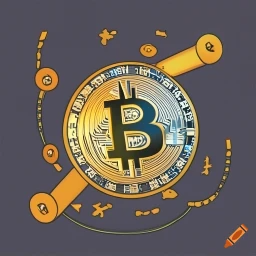In the ever-evolving world of decentralized finance (DeFi), algorithmic stablecoins have emerged as a fascinating yet controversial innovation. As the cryptocurrency ecosystem continues to expand, the role of these digital assets remains under scrutiny. But do algorithmic stablecoins represent a groundbreaking financial revolution, or are they destined for inevitable collapse?
Understanding Algorithmic Stablecoins
To assess whether algorithmic stablecoins are a sustainable innovation or an impending disaster, it is essential to understand how they function. Unlike collateral-backed stablecoins such as Tether (USDT) or USD Coin (USDC), algorithmic stablecoins rely on mathematical models and automated smart contracts to maintain price stability. These digital assets adjust their supply dynamically in response to market fluctuations, ensuring that their value remains pegged to a fiat currency, typically the US dollar.
The Mechanism Behind Algorithmic Stablecoins
Algorithmic stablecoins operate through a system of smart contracts that automatically increase or decrease the token supply based on demand. There are various models used, but the most common approaches include:
- Rebase Mechanism: The supply of tokens expands or contracts periodically to maintain a target price.
- Seigniorage Model: Separate tokens are issued to absorb supply fluctuations, similar to a central bank’s monetary policy.
- Collateralized Algorithmic Hybrid: A combination of partially backed and algorithmic mechanisms to provide additional stability.
While these mechanisms provide theoretical price stability, their real-world performance has been questionable.
Advantages of Algorithmic Stablecoins
Despite skepticism, algorithmic stablecoins offer several potential advantages that make them attractive to developers and investors:
- Decentralization: Unlike traditional stablecoins that rely on centralized reserves, algorithmic stablecoins are purely governed by smart contracts, reducing counterparty risk.
- Scalability: With an elastic supply, these coins can theoretically adjust to market demand without needing collateral.
- Transparency: All transactions and supply adjustments occur on-chain, offering transparency to users.
- Reduced Regulatory Risks: Since they do not rely on centralized assets, they might face fewer regulatory hurdles than their collateralized counterparts.
These advantages suggest that algorithmic stablecoins could play a crucial role in the future of DeFi. However, significant challenges remain.
The Risks of Algorithmic Stablecoins
Despite their innovative approach, algorithmic stablecoins are prone to several risks that raise concerns about their long-term sustainability:
1. Death Spiral Risk
One of the biggest risks facing algorithmic stablecoins is the so-called death spiral. If demand for the stablecoin drops significantly, its price falls below its intended peg. When this happens, the system issues additional tokens or burns reserves to restore equilibrium. However, if investor confidence erodes, a cascading effect can occur, leading to a total collapse.
The most infamous example of this phenomenon was TerraUSD (UST), which lost its peg in May 2022 and ultimately crashed, erasing billions of dollars in value.
2. Market Volatility
Unlike collateral-backed stablecoins, which have tangible assets to support their value, algorithmic stablecoins depend entirely on demand and supply mechanisms. This makes them particularly vulnerable to extreme market fluctuations, especially during crypto downturns.
3. Regulatory Uncertainty
Governments and financial regulators are increasingly scrutinizing stablecoins due to their potential systemic risks. If algorithmic stablecoins become subject to stringent regulations or outright bans, their viability may be severely impacted.
4. Lack of Confidence
Many investors remain wary of algorithmic stablecoins due to their history of failures and price instability. Unlike fiat-backed stablecoins that provide confidence through reserves, algorithmic stablecoins rely solely on their economic design, which can be difficult for average users to trust.
5. Complexity and Code Vulnerabilities
Since algorithmic stablecoins depend on smart contracts, they are susceptible to exploits and bugs. Hackers have targeted several DeFi projects, draining millions of dollars due to vulnerabilities in contract logic.
Algorithmic Stablecoins: Collapse in DeFi?
The debate over algorithmic stablecoins continues to intensify, especially in the broader DeFi landscape. Some experts believe that with refinements and improved models, algorithmic stablecoins could offer a decentralized alternative to traditional financial systems. Others argue that their inherent instability makes them unsuitable as a long-term store of value.
Potential Future Developments
Despite setbacks, new projects continue to explore algorithmic stablecoins, attempting to enhance their design. Some potential improvements include:
- Hybrid Models: Combining algorithmic mechanisms with partial collateralization to improve stability.
- Algorithmic Enhancements: Implementing machine learning models to optimize supply adjustments dynamically.
- Regulatory Collaboration: Working with regulators to ensure compliance while maintaining decentralization.
If these improvements succeed, algorithmic stablecoins could eventually gain broader acceptance in the financial ecosystem.
Algorithmic Stablecoins: Final Thoughts
The future of algorithmic stablecoins remains uncertain. While they offer a novel and decentralized approach to financial stability, their track record of volatility and collapses raises serious concerns. Investors, developers, and regulators must carefully evaluate the risks and potential rewards before embracing algorithmic stablecoins as a fundamental component of DeFi.
Whether algorithmic stablecoins represent financial innovation or an inevitable collapse depends on the evolution of their underlying mechanisms and the trust they can build within the crypto community. The next wave of stablecoin projects may determine if algorithmic stability is achievable—or merely a financial illusion.

















